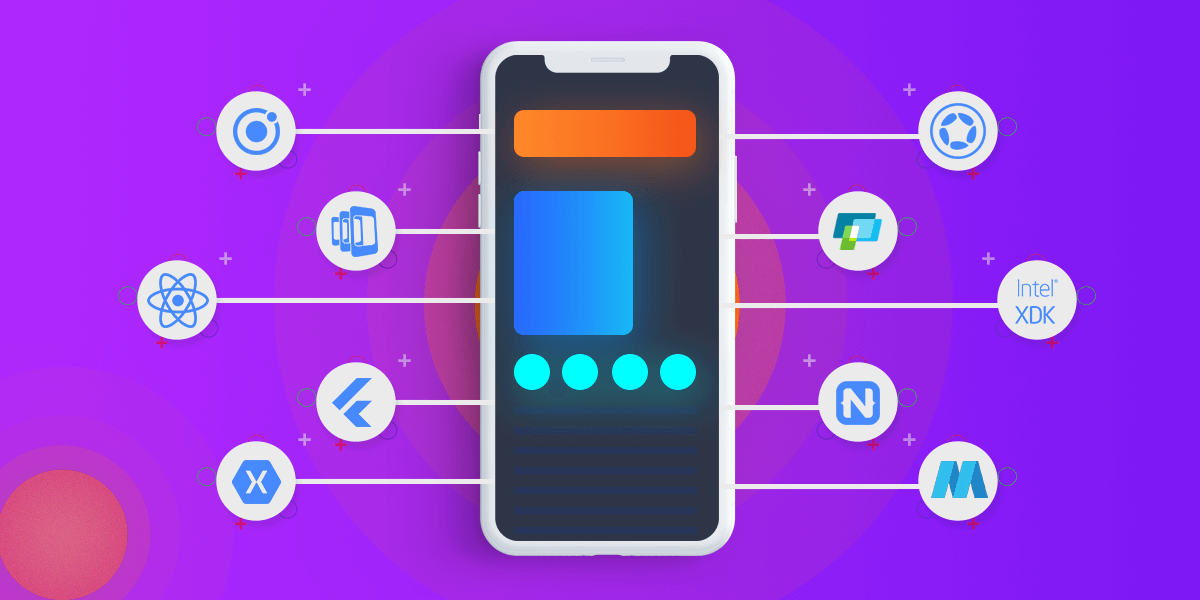The proliferation of fast internet and the COVID epidemic have contributed to the ongoing popularity and desire for mobile apps among consumers app developers in Virginia among businesses. According to a survey by smartphone app trends 2021, consumer engagement, assessed by sessions, is up 4.5 percent, while app installations are growing at a pace of 31% annually.
There are currently 2.22 million applications on the Apple App Store and close to 3.48 million on the Google Play Store.
With the introduction of 5G technology and associated gadgets, there will be a requirement for new 5G compatible applications. The market for new mobile applications is still on the rise. The need for applications for routine services has also significantly expanded since the outbreak. For instance, there is a high need for mobile shopping, food delivery apps, auto service apps, meal delivery apps, OTT networks, ticket booking applications, etc. On the other hand, B2C and B2B customers are demanding mobile-first interactions with all kinds of businesses, motivating many organizations to pursue mobile app development.
Global revenue from mobile applications was USD 581.9 billion in 2020, and it is anticipated to reach USD 935 billion by 2023.
As a result, you cannot simply disregard the significance of mobile app development. The way mobile apps are created and developed is crucial to a business. Simply said, it’s crucial to comprehend the architecture of mobile applications.
App architecture may be defined as a comprehensive collection of all the many interfaces, elements, and design strategies needed to create a mobile app. The information architecture is connected to the first road map and a detailed manual that describe how the mobile app is expected to function. You may get a clear understanding of the mobile app structure from this article. The app might fail if the architecture doesn’t provide a plan or vision.
Mobile App Architecture Types
Based on the operating systems, there are four main types of mobile app architectures. Which are:
- Architecture of Android apps (Native Apps)
The term “native apps” describes those applications explicitly created for Android-powered handsets. Android languages (Kotlin and Java) can be supported by native apps on devices made by various manufacturers. Although there isn’t a single structure for Android, Clean Architecture is the most frequently employed by IT companies in Virginia.
The layers principle and the inversion of control have been the cornerstones of this design. The domain layer in the clean architecture relies on interfaces rather than being dependent on any other layer. Although it initially appears to be complicated to grasp, it becomes simple to add and scale up apps after some time.
- The architecture of iOS mobile apps
Apps for iOS are also known as Native. These were created using Swift and Objective-C, both iOS compatible. Apple adheres to the MVC paradigm and has specific rules and processes for its mobile app architecture (Model View Controller). This model’s components are:
Model: The data layer comprises networking code, persistence, parsers, model objects, and managers.
View: These reusable layers present the app to consumers like the presentation layer.
Controller: This layer interacts with abstraction through a protocol and serves as a mediator.
- Mobile App Hybrid Architecture
It uses both native and online solutions, as the name suggests. Platform-neutral JS, HTML, and CSS are utilized for the frontend, while a native app is constructed for the back end. To leverage native platform functionality, many apps need extensions like Apache Cordova or Ionic Capacitor.
Due to its versatility and ease of updating, hybrid mobile applications are now dominating the market.
- Cross-Platform App Design
Cross-platform mobile apps, like hybrid apps, employ a shared code with platform-specific functionality in each native shell. These apps employ technologies like React Native, Flutter, and Xamarin rather than web languages. Cross-platform apps are quite demanding since their user experience is comparable to native apps.
The following are some advantages of cross-platform apps:
- Fewer Cloud Integration technical difficulties
- Reusability of Code
- Cost-effectiveness
- uniformity among UI elements
- Simple Hosting
- accelerated time to market

